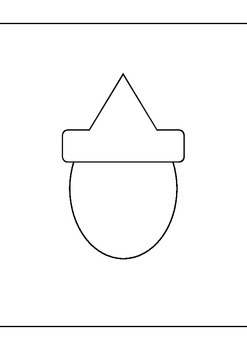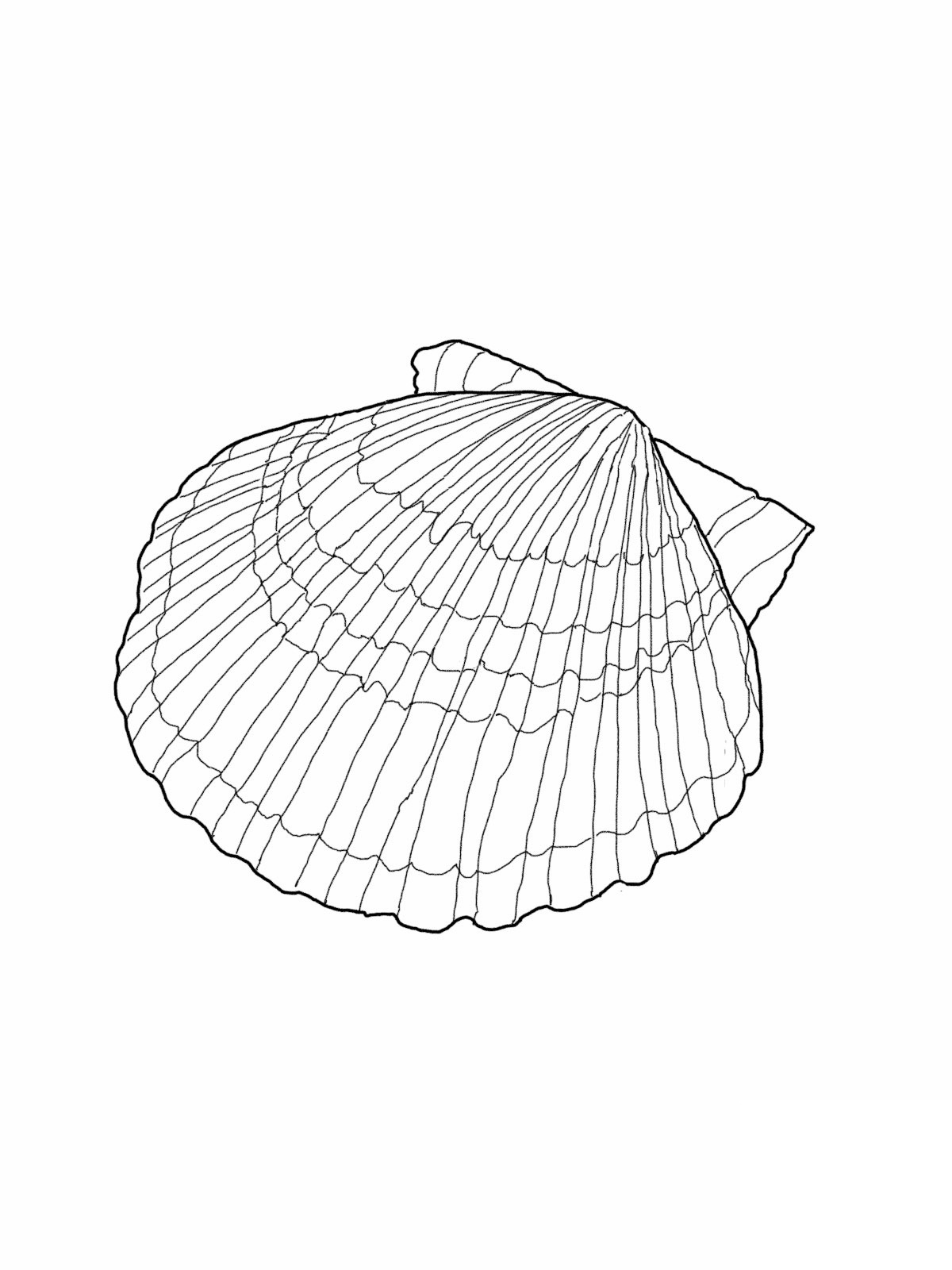

We can't respond to you directly, so it can be difficult for us to offer help or properly debug the situation. NOTE: Please don't include bug reports in your app reviews. ~ We hope you have fun with it, and please stick around for more frames added all the time! ~ Save your pics to your library, open them in other apps, or quickly and easily share them on Instagram, Twitter, Facebook, or any other site you use! world through their senses by touching, grasping, watching, and listening. * Then toss on an awesome and unique frame and you'll be a social media superstar! It includes four distinct stages, each with different milestones and skills. * Even Draw, Add Text, Remove Redeye, Whiten or Blur * Change the Brightness, Contrast, Saturation or Sharpness ~ Use our picture editor to enhance your pics in thousands of different ways: Take your picture game up a notch and get Adult Shapes today! Tons to choose from, with any color option under the sun. Sam Dixon teaches class music at Brighton College.TIRED OF POSTING BORING PICTURES? SICK OF LAME PICTURE SHAPES? START POSTING SOME FUN & UNIQUE PICTURES WITH ADULT SHAPES! Ask the children to sing the whole thing softly (or loudly), so that they do not associate going higher in pitch with getting louder in volume. Try leaving breaks in the line, where the sound should stop, and restart when the line does. Begin with the sound ‘OO’, then try it again with an ‘EE’, then finally ‘AH’. Follow the line with your finger and their voices should rise and fall as the line does. Tell the children that they are going to go on a roller coaster ride with their voices. How many different shapes can children see? Can they find tiny circles on the recorder?ĭraw a continuous line on a board with hill shapes, roller coaster loop circles and stair patterns. triangle, drum, tambourine, wood block, chimes, recorder, etc. Try playing different pieces of music and ask the children if they think it’s a ‘triangle’ tune or a ‘square’ tune.ĭisplay a selection of instruments, e.g. If the music is slow, you can draw enormous ones! Use marches (with four beats in each bar) to practise drawing squares in the air. If the music is fast, your triangles will have to be small. Play the children some recordings of waltzes and practise drawing triangles in the air, in time to the music. For example, waltzes have three beats in the bar. Here are some more games with which to explore music and shapes together:Įvery shape has a certain number of sides and every piece of music has a certain number of beats in each bar. You move to your left and the children will move to their right. When you are demonstrating the dance moves, bear in mind that the children will mirror your actions so a ‘long step to the right’ needs to be reversed by the practitioner. Use the free recording or online video and demonstrate the actions (listed below) with the music.

Tell them that her favourite dance is The Rectangle Rumba and that she uses this song to dance to. Ask the children to draw a rectangle in the air. Can they see the fruit on her headband? Point out her four sides: two long and two short. Explain that she comes from Latin America and loves to dance. Show the children the picture of Ms Rectangle. It’s a lot of fun! A free recording of the song is available to listen to on this page, and there is a dance-along video online. As the children learn the song they should be encouraged to dance along, drawing out the shape first with their hands in the air and then with their feet on the floor. The following song, The Rectangle Rumba, uses a rectangular-shaped character, Ms Rectangle (pictured right), to explain the shape to the children. Shapes and music work particularly well together because aspects of the music can reflect the physical nature of the shape. As an early years music specialist, I’m often asked by teachers for songs about shapes. They not only assist speech development, but the melody and rhythm of the music encourages memory and understanding too. Songs are a fantastic way to introduce any concept to young children. Sam Dixon suggests a musical way to help three-year-olds learn about rectangles, triangles and more…


 0 kommentar(er)
0 kommentar(er)
